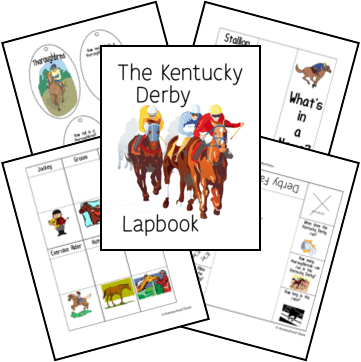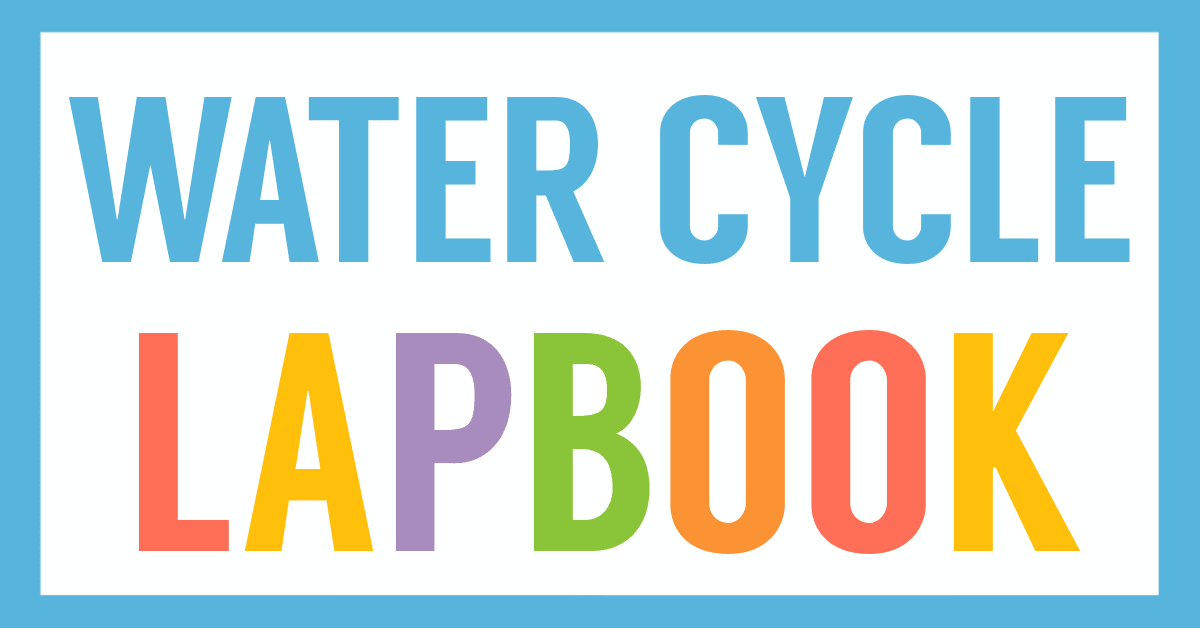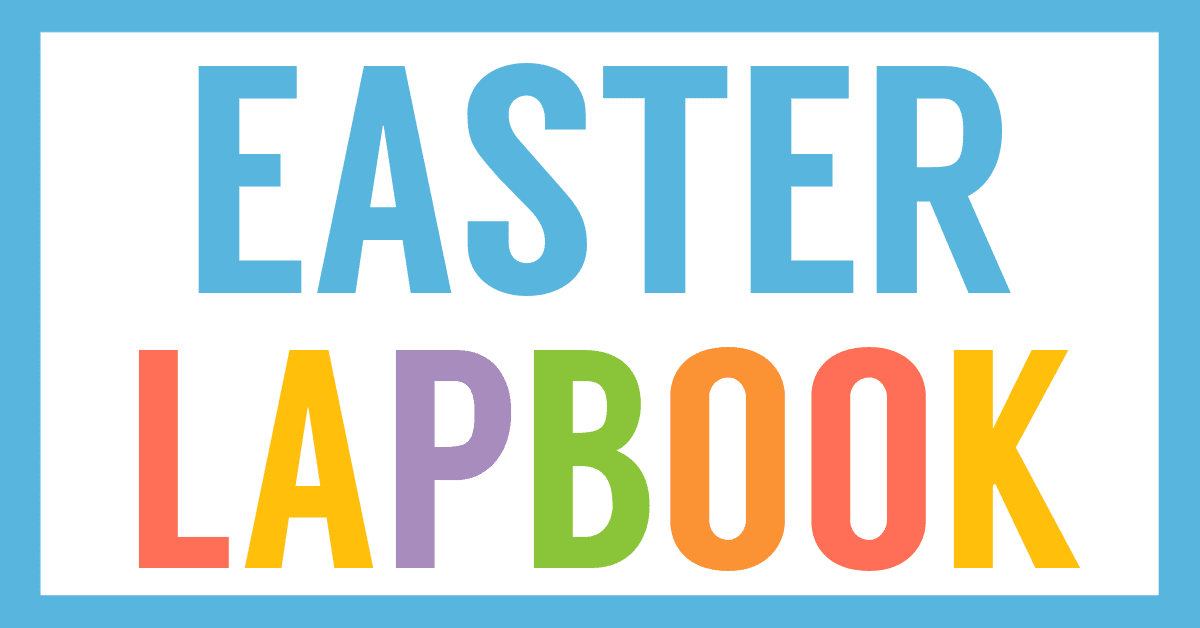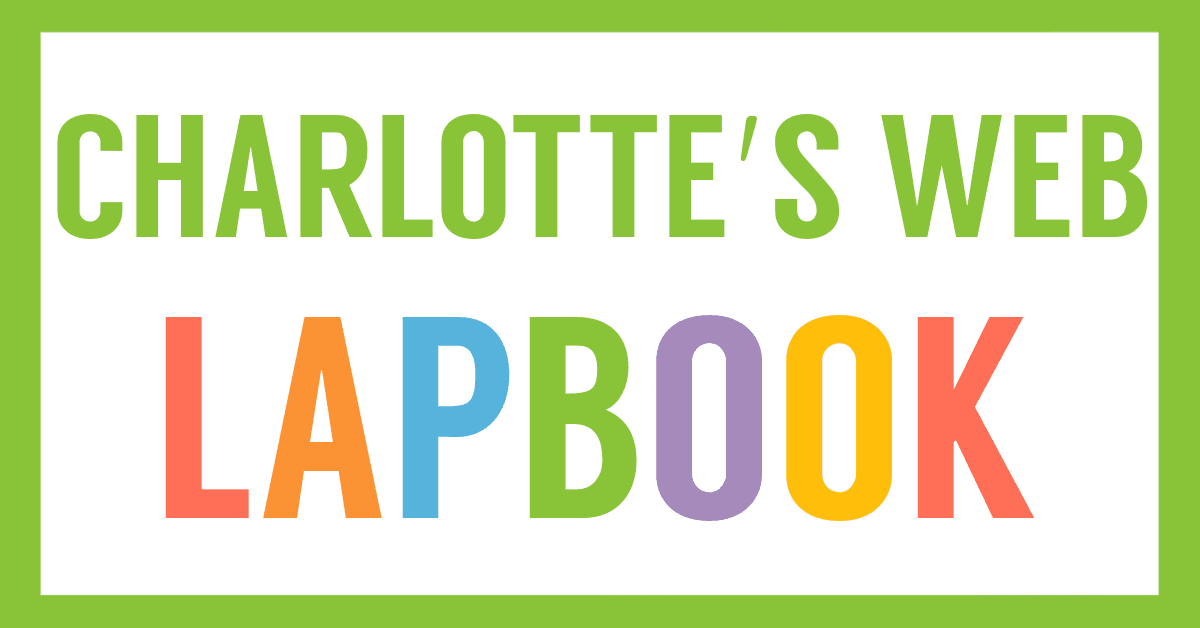Affiliate Disclaimer
We sometimes use affiliate links in our content. This won’t cost you anything, but it helps us to keep the site running. Thanks for your support.
Thanks to Marcy Crabtree for writing the lessons for this Kentucky Derby unit study.
Kentucky Derby Unit Study Lessons
Here are some sample lessons from the Kentucky Derby Unit Study.
History: Kentucky Derby
The Kentucky Derby is a horse race for 3-year-old Thoroughbred horses, which takes place in at Churchill Downs in Louisville, KY every first Saturday in May. It is the oldest continuous sporting event in the U.S and was first held on May 17, 1875.
Only 20 thoroughbreds can run in the Kentucky Derby.
The Kentucky Derby race is 1 ¼ mile long or 10 furlongs.
The Kentucky Derby is known as “the greatest 2 minutes in sports.”
Only 3 fillies have ever won the Kentucky Derby.
Also known as the “Run for the Roses,” the winning jockey receives a bouquet of red roses and a large garland of roses is draped over the horse’s shoulders. Each of the garland’s 500 red roses are placed in their own little vial of water and sewn individually onto a green satin blanket. The winning team receives a gold trophy with a horseshoe facing upward, as a symbol for good luck.
Take a virtual field trip to the Kentucky Derby
Geography: Kentucky
Kentucky’s mild climate, plentiful water, soil rich in limestone and calcium, and gently rolling hills of plush Bluegrass, make Kentucky the perfect place to raise thoroughbreds. As the horses graze, they take in the minerals from the soil which help build strong bones and muscles.
The state capital of Kentucky is Frankfort. Located on the Kentucky River, it was on one of the great buffalo trails that served settlers as early highways. The first explorers began visiting Frankfort in the 1750s. The city was named by shortening “Frank’s Ford,” after Stephen Frank, a settler who was killed there in an Indian skirmish in 1780. In 1786, the Virginia legislature (Kentucky was still a part of Virginia at that time) designated 100 acres of land owned by General James Wilkinson as the town of Frankfort.
Kentucky statehood followed in 1792, and Frankfort outbid other towns (including Lexington) to become the capital of the new state. The first statehouse was built by 1794, but it burned in 1813. The next capitol building was completed in 1816 and burned in 1824. Finally, what is now known as the “Old Capitol” was finished in 1830 and would remain the state’s capitol building for the next 80 years. Lexington, KY is the horse capital of the world. It is home to vast numbers of horse farms, and the world-renowned Kentucky Horse Park. If you happen to live anywhere near Lexington or will be passing through, the Kentucky Horse Park is a must see!
You can grab a copy of the entire Kentucky Derby Unit Study and Lapbook in an easy-to-print file at the end of this post.
Kentucky Derby Lapbook Printables
In addition to the unit study lessons, the following printables are included for your student to create a Kentucky Derby Lapbook:
- Derby Facts Shutterfold Book
- Why Is the Derby in Kentucky? Simple Fold Book
- What Makes a Good Racehorse Shape Book
- Louisville Facts Accordion
- Churchill Downs Tri-fold Book
- Thoroughbred Fan Book
- Design Your Own Silks
- Map of Kentucky
- Horse Names Flap Book
- And more!
How to Get Started with Your Kentucky Derby Unit Study & Lapbook
Follow these simple instructions to get started with the Kentucky Derby Unit Study:
- Check out some books from the Kentucky Derby book list (below).
- Print the Kentucky Derby unit study.
- Choose the lessons you want to use with your student (a highlighter works great for this).
- Choose and prepare the lapbook printables you want to use with your student.
- Enjoy a week of learning about horse racing.
Kentucky Derby Book List
- B is for Bluegrass: A Kentucky Alphabet by Mary Ann McCabe Riehle
- Kentucky (From Sea to Shining Sea) by Suzanne M. Williams
- Now That’s Interesting: Kentucky’s Capitol by K. Melissa Burton
- I Wonder Why Horses Wear Shoes and Other Questions about Horses by Jackie Gaff
- 1-2-3 Draw Horses by Freddie Levin
- King of the Wind: The Story of the Godolphin Arabian by Marguerite Henry
- Perfect Timing: How Isaac Murphy Became one of the World’s Greatest Jockeys by Patsi B. Trollinger
- The Last Black King of the Kentucky Derby: The Story of Jimmy Winkfield by Crystal Hubbard
- The Big Red Horse: The Story of Secretariat and the Loyal Groom Who Loved Him by Lawrence Scanlan
- Kentucky Derby Champion by Mildred Mastin Pace.
Get Your Kentucky Derby Unit Study & Lapbook
Simply click on the image below to access your free Kentucky Derby Unit Study and Lapbook.







